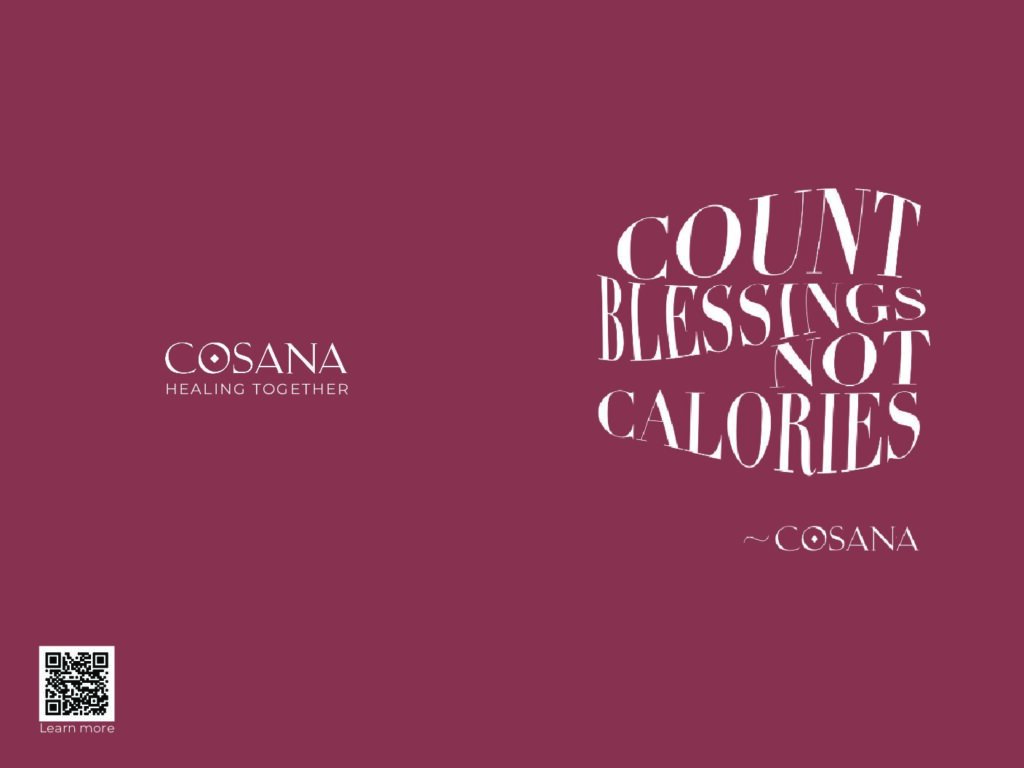12 Shocking Eating Disorder Statistics

Eating disorders are illnesses in which people experience severe disturbances in their eating behaviors. In addition to behavior changes, people experience disturbances in their thoughts and emotions related to food, weight loss/gain, body size, body shape, and self-worth. Statistics on eating disorders paint a morbid picture, but are important to understand. The more educated we are on what eating disorders are, who they affect, and how they manifest in people’s lives, the better equipped we are to recognize when someone we love needs help.
Twelve research-backed statistics on eating disorders.
- Research shows that 28.8 million Americans are struggling with eating disorders, the most common being anorexia, bulimia, binge-eating, and orthorexia. That makes up the entire population of Venezuela.10
- Less than 6% of people with eating disorders are medically underweight.5
- Eating disorders are among the deadliest mental illnesses, second only to opioid overdose.1
- Every 52 minutes, someone dies due to an eating disorder.5
- 81% of 10 year old children are afraid of being fat. 51% of 9 and 10 year old girls feel better about themselves if they are on a diet.4
- The most common behavior that will lead to an eating disorder is dieting.8
- 35% of “normal dieters” progress to pathological dieting and that 20-25% of those individuals develop eating disorders.9
- 32% of transgender people report using their eating disorder to modify their body without hormones.3
- Gay men are seven times more likely to report binge-eating and twelve times more likely to report purging than heterosexual men.7
- In 2009, people over the age of 45 accounted for 25% of eating disorder-related hospitalizations.11
- 25% of people with anorexia, 34% of people with bulimia, and 21% of people with binge eating disorder abuse or are dependent on alcohol.6
- 86% of eating disorders develop in the age range associated with college. Some studies suggest that upwards of 20% of college-aged women have an eating disorder.2
It is important to know the truth about what eating disorders are, who they affect, and how they manifest in people’s lives. Such knowledge enables us to recognize the signs and severity early on and provide our loved ones with a better chance to heal.
Sources
- Arcelus, J., Mitchell, A. J., Wales, J., & Nielsen, S. (2011). Mortality rates in patients with anorexia nervosa and other eating disorders.Archives of General Psychiatry, 68(7), 724.
- Eating Disorder Hope. (2014, November 4). Eating disorder coaching: A secret weapon for sustaining recovery during college.
- Lauren Muhlheim, L., PsyD, CEDS. (2019, February 25). Eating disorders in transgender people.
- Mcnutt, S. W., Hu, Y., Schreiber, G. B., Crawford, P. B., Obarzanek, E., & Mellin, L. (1997). A longitudinal study of the dietary practices of black and white girls 9 and 10 years old at enrollment: The NHLBI growth and health study. Journal of Adolescent Health, 20(1), 27-37.
- National Association of Anorexia Nervosa and Associated Disorders. (2021, November 3). Eating disorder statistics.
- National Eating Disorder Association. (2021). Statistics & research on eating disorders.
- National Eating Disorders Association. (2018). Eating Disorders in LGBTQ+ Populations.
- Natalia Zunino. American Anorexia and Bulimia Association Inc.
- Shisslak, C. M., Crago, M., & Estes, L. S. (1995). The spectrum of eating disturbances. International Journal of Eating Disorders, 18(3), 209-219.
- World Population Review. (n.d.). Total population by country 2021.
- Zhao, Y., Encinosa, W. An Update on Hospitalizations for Eating Disorders, 1999 to 2009. HCUP Statistical Brief #120. September, 2011. Agency for Healthcare Research and Quality, Rockville, MD.
Share this article



